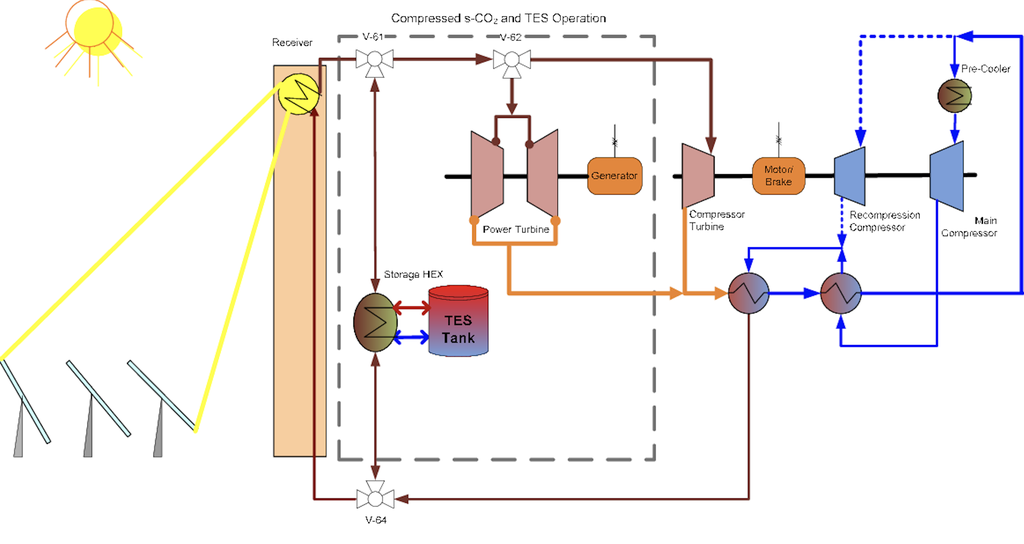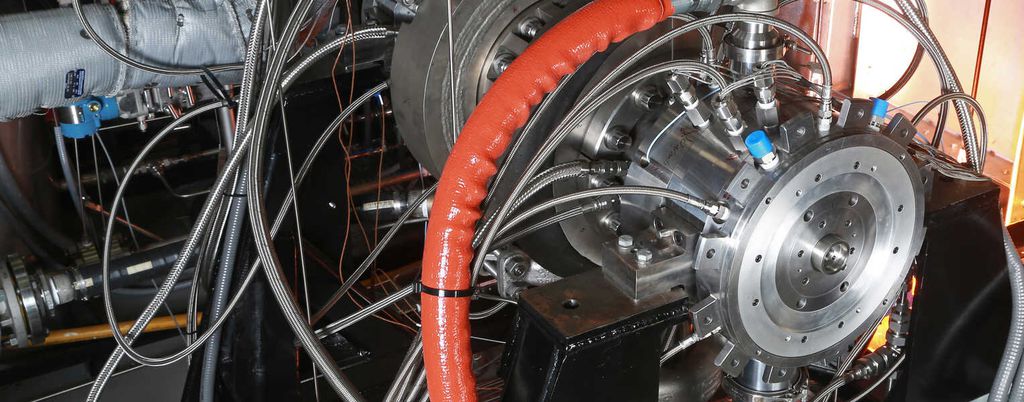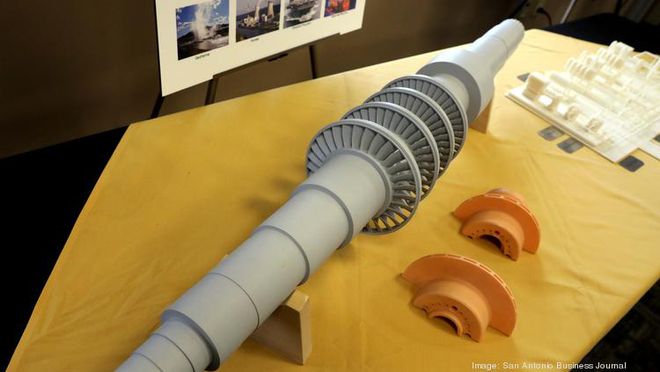Researchers at the Southwest Research Institute (SwRI) in the USA have developed a new supercritical carbon dioxide (S-CO₂) gas turbine capable of generating concentrated solar energy (CSP).
The project is part of the US Department of Energy’s APOLLO program, designed to improve performance and reduce costs of power plants based on this system.
- What is solar energy and how does it generate electricity?
- Transparent nanolayers could be the future of solar energy
This technology combines supercritical carbon dioxide power cycling with integrated thermal storage devices. In the first experiments carried out by the team, the turbines with a capacity to generate 10 MW successfully completed the performance and resistance tests indoors.

Schematic of the operation of a concentrated solar power plant (Image: Reproduction/SwRI)
“Using S-CO₂ can increase the efficiency of a CSP plant by up to 10 percentage points. Its high cycle efficiency also allows the turbine to occupy a much smaller space — about 1/20 the size of a standard steam turbine — allowing it to be installed in any environment,” explains researcher Jason Wilkes, co-author of the study.
The term «supercritical» refers to the semi-liquid state of carbon dioxide when it is subjected to a value above the temperature and pressure limit, causing it to behave like a gas but maintain the density of a liquid. This feature allows the turbines to operate with much higher thermal efficiency.

Supercritical carbon dioxide gas turbine (Image: Reproduction/SwRI)
Another advantage is that supercritical carbon dioxide is non-toxic and non-flammable, in addition to being used by the industry for a long time in dry cleaning processes, in refrigeration systems with low greenhouse gas emissions, or even to decaffeinate. coffee.
“The fluid properties of S-CO₂ in its supercritical state make this innovative material incredibly efficient for generating electrical energy due to its high density, low viscosity and favorable heat transfer properties under adverse conditions,” adds Wilkes.
Smaller, more efficient turbines
The technology developed by the researchers uses mirrors or special lenses to focus a large amount of sunlight on the receiver. This device converts concentrated light into heat, extracting thermal energy to generate electricity using steam-powered turbines.

S-CO₂ turbines are a fraction of the size of conventional turbines (Image: Reproduction/SwRI)
This system manages to store energy in the form of heat, which can then be converted into electricity on demand, using supercritical carbon dioxide cycles. This ensures better efficiency of the supply network and reduces the operating costs of producing renewable energy.
“The turbines based on the supercritical carbon dioxide power cycle are only a fraction of the size of conventional turbines, while also offering 30% to 60% higher efficiency compared to turbines currently used in natural gas-fired thermoelectric plants.” ends Jason Wilkes.



